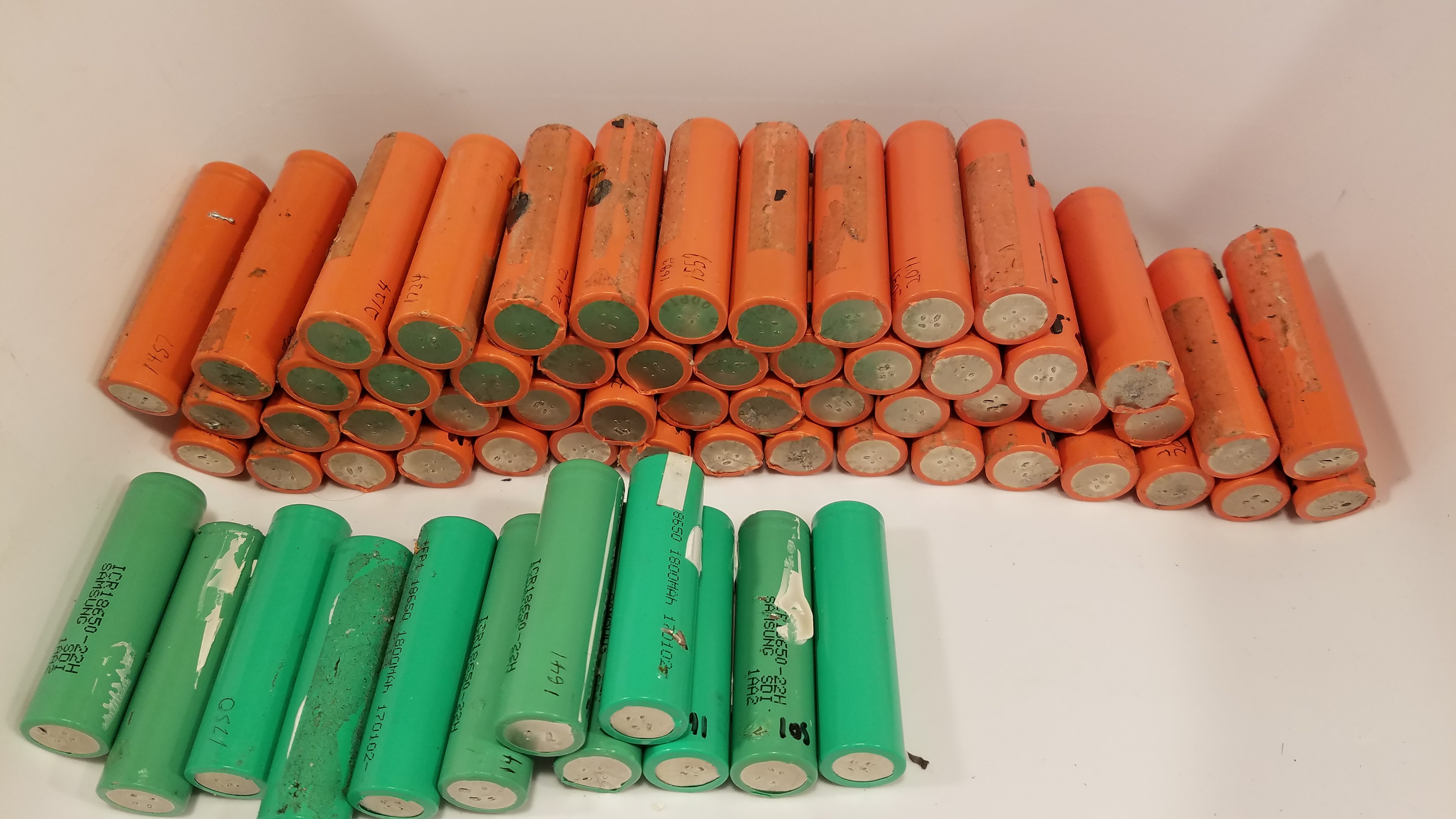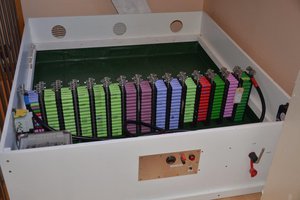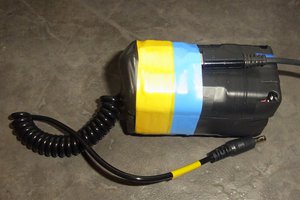My desktop Li-Ion charger took 4-6 hours to fully charge 2 cells. 2@500mAh
My discharger took a little over 2 hours to fully discharge 4 cells.
After I discovered I needed to cycle each cell again to get an accurate reading, I was waiting on the charging cycle for most of the time.
This build combines some cheap Amazon USB charger modules based on the TP4056 chip which are less than a buck each, some decent (but cheap) Amazon cell holders, some polycarbonate for a housing, and a hacked up ATX supply to do the same task 10x faster. Here is a link to the parts I used. Those modules also contain simple output protection for driving a circuit, which I don't use here, but they were the same cost as the ones without it.
I limited the stock ATX supply airflow and drilled a couple well placed holes in my housing. This let me use the airflow from the ATX supply to cool the cells and charger modules. The modules still get warm (as they are linear components delivering 1A each), but the cells now stay nice and cool during charging.
The ATX supply itself I got from a metal scrap yard for about $1.50. I bought three, two worked. It is running here at <20% rated output and could probably run with zero airflow. In any case, it stays cool as well.
The charger modules are designed to be directly connected to a cell, and so have no reverse polarity protection. Plug in a cell backwards, and at the very least you'll be buying a new one. Minimalistic comes with responsibility. :) Enjoy.
 Daren Schwenke
Daren Schwenke






 Michel Kuenemann
Michel Kuenemann
 andyhull
andyhull
 Patrick Van Oosterwijck
Patrick Van Oosterwijck
The ATX grounds should be isolated, otherwise there would be short circuits between batteries. is it so? I'm not quite sure